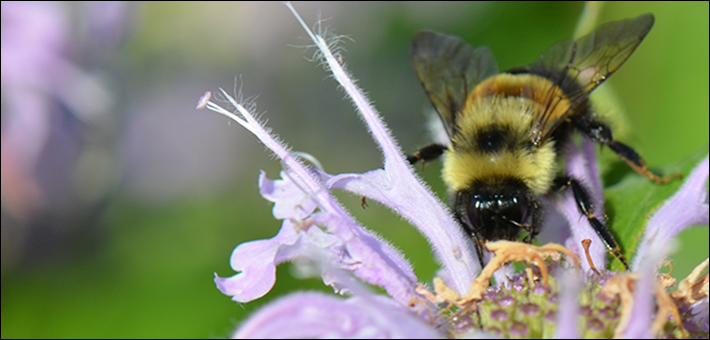15. Land Use and the Environment
What’s growing here? Native wildflowers
Changes in land use ultimately impact our shared environment. Climate change, pesticide use, and elimination of habitats have endangered pollinators, such as bees, butterflies, and hummingbirds, in the United States and across the world. Of particular concern to farmers is the fact that approximately 75% of all food crops grown in the United States depend on pollinators to help the plants reproduce and grow.
Native wildflower plants create welcoming environments for pollinators. The Xerces Society website can provide information about which wildflower plants are native to your region, so you can create habitats to help restore pollinators and secure our agricultural food supply.
Before the creation of pesticides, early New Jersey farmers also discovered the usefulness of some native plants in keeping pests away from crops. Rabbits in particular loved the taste of marigolds, and surrounding vegetables with marigolds would help prevent the vegetable crops from becoming the rabbits’ dinner.

The rusty patched bumble bee, whose habitat used to include New Jersey and the Northeast, is one of the pollinators that is now listed as endangered.
Courtesy of U.S. Fish and Wildlife Service